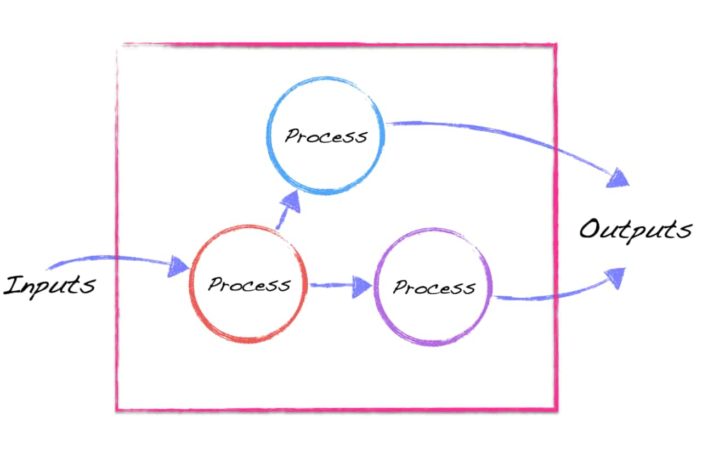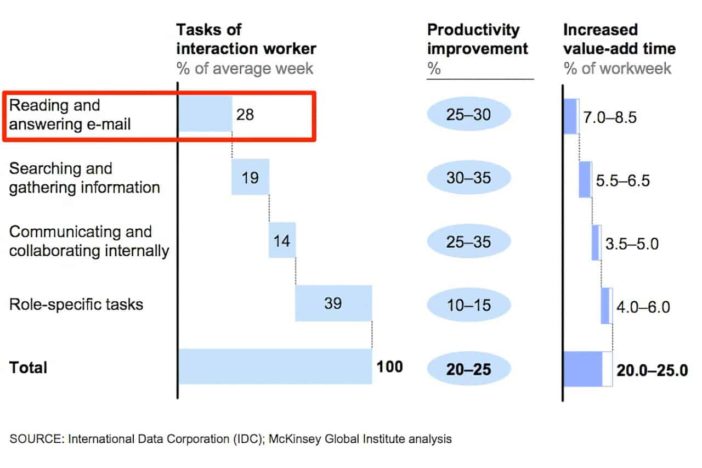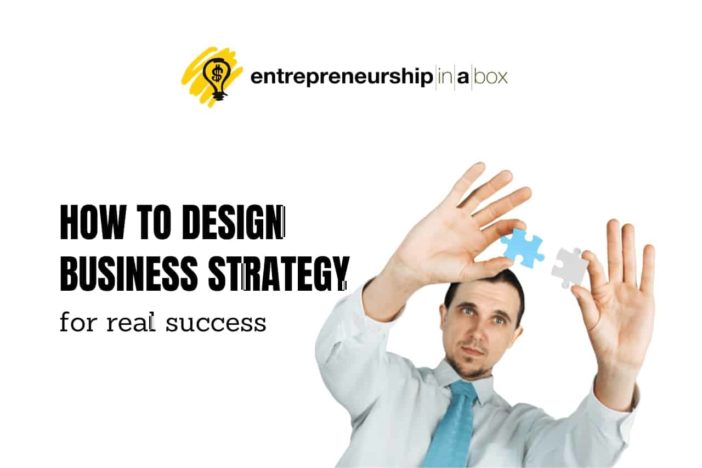Having a business strategy enables you to focus on the most important things you need to do to achieve your goals in the future. At the end of this year, it is the best time to ask yourself some questions and do some work to prepare your business strategy for next year.
We are living in an uncertain world. Changes occur everywhere around us occurred in smaller and smaller time frames. So, I found it very difficult for many of my clients and me to have a business strategy that will last for years from now. This is true, especially for small businesses or startups that can’t predict the future as something that will be closest to what can happen.
Here, I want to share part of my steps in developing a new strategy for the next year.
Business Strategy #1: What are your goals for next year?
Yes, start with your goals or what you want to achieve at the end of next year. It is essential to know the results you are trying to achieve to make it possible to visualize the results after realizing your business strategy for next year. For example, if your goal is to increase your profit by 20%, you will know how much income you need to generate. Knowing how much income you will generate, you will know what you need to generate the required income.
Let’s take an example. If your company is a service company that repairs specific appliances and wants to increase profitability by 20%, you can calculate the income that will generate the desired profit. Let’s say that in this year you have 300.000,00$ profit generated by 1.000.000,00$ income. You know that if you want 360.000$ profit, you will need to generate 1.200.000$ income next year. This calculation will bring several questions as follow:
- Can I increase my profit margin from 30% to 36% to achieve my goals?
- What must I do to increase my profit margin from 30% to 36%?
- What do I need to do to increase my income by 20%?
By answering these questions, you can see what you will need to do to achieve your goals.
Business Strategy #2: Look at Your Current Business Processes
As you know, processes are the engines that drive your company. You already know what you want to achieve. But, you can’t build your best strategy until you first understand what you’re trying to carry out and start working backward. So, you need a systems approach to analyze and find possible improvements for the coming year that you can include in your business strategy.

7 Wastes from Lean Production
In this situation, one tool that can help you design your business strategy is 7W (7 Wastes) from lean production, categorizing unproductive manufacturing practices identified by Taiichi Ohno, the father of the Toyota Production System (TPS). The seven wastes you would look for are the following:
1. Overproduction
Working on products or services in advance or excess of demand wasted money, time, and space. Overproduction is not only for manufacturing companies, but it is present in all types of companies. For example, overproduction can appear when you develop the features of products and services that aren’t something your customers want. Or, at least you are not sure that your customers want them.
2. Waiting
The biggest reason for the ineffectiveness of the processes comes from the waiting time of the processes. In such a case, you waste time when one process waits to begin while the other finishes. Therefore, you need to ensure that the flow of operations is smooth and continuous. This also can become part of your business strategy.
3. Transportation
Transportation is moving products between processes. As you can see, these times add no value to the products/services. So, it creates costs and can cause damage to the products, or equipment, or the operator. A change in layout can often help you to cut these harmful effects.
4. Inappropriate processing
Sometimes we complicate things in process development. However, if you analyze the processes, you will quickly notice that they have integrated certain activities that are not important for producing your products or services.
5. Excessive inventory
With excessive inventory, you spend your cash flow on inventory products that you cannot still sell and space for inventory that is not needed now. Ask yourself the following question: do you need such an amount of inventory for your business’s normal operations? What do you need to do to decrease the inventory level in your company?
6. Unnecessary motion
During the work, there are different movements required for performing the work. Analyzing all movements will show you possibilities for reducing the number of movements and the time an employee spends carrying out the work. This means increased productivity, reduced production costs, and reduced product or service costs in the form of value that you deliver to your customers.
7. Defects
Inappropriate processing leads to defective products and services. This will always lead to higher inventory costs, inspection, design of the product, and processes. What are the biggest reasons for defective products as services as outputs from your business processes? What can you do to cut them?
3 More Wastes You Need to Consider In Your Business Strategy
Jeffrey Liker introduces eight wastes. It is unused employee creativity. Today, creativity is one of the most significant potentials of any company despite its kind of business. Creativity leads to creative problem-solving, improvements, change, etc. This is an essential competitive advantage for any company. A higher creativity level means a higher business potential energy for the company.
As the ninth group of wastes, some authors talk about environmental trends as a lost opportunity for the company to join the environmental trends that provide significant savings. For example, using solar energy instead of electric energy to warm water is a part of the production process. It is a significant saving for each company. Review all those costs that don’t add value related to environmental trends. If you succeed in cutting these wastes, your company will become a “green company.” It will save a large amount of money that will directly affect the price of the product or service.
And as the tenth group of possible wastes, I am usually talking is unnecessary communication. These wastes emerged as inevitable, mainly because today’s work is largely based on communication. A study by McKinsey Global Institute published in July 2012 titled “Social Economy” says that employees with some interactive work spend 28% of their workweek on managing email. A logical question that follows is whether this time from 11 hours a week (if you consider the 40-hour workweek) serves to create and deliver value for customers.

Business Strategy #3: Look Inside the World’s Best Companies
A third step you can take for your new business strategy next year is to spend some time making a list of the highest performing, most sustaining, and successful companies you know, inside or outside your market and industry. Think about what their business strategy is. What they’re trying to achieve with all the tactics they use?
It is essential to have some drivers for you as an entrepreneur and small business owner. You want your business to replicate the success of the biggest companies in the world. So, please spend some time thinking about how they are doing something or accomplishing something.
Now, you can compile everything you found until now in your unique business strategy. This strategy will guarantee the success of your company. But remember, this is only the starting point. Business strategy doesn’t guarantee that you will implement it. The fact is that when you have a strategy, you will be encouraged and better organized. In such a way, there are bigger chances to achieve everything you want to achieve.



